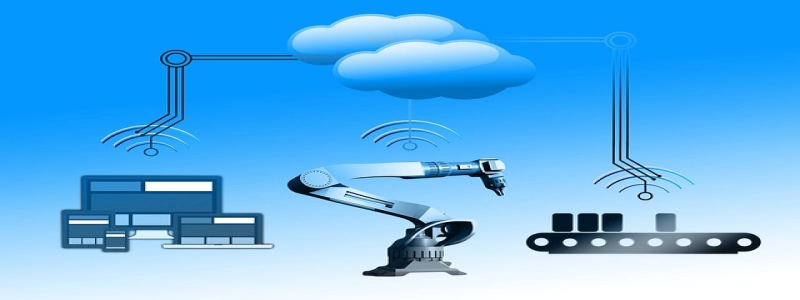Ethernet SFP: Enhancing Network Connectivity with Small Form-Factor Pluggable Modules
Introduction:
Ethernet Small Form-Factor Pluggable (SFP) modules have revolutionized the networking industry by providing a flexible and efficient solution for network connectivity. This article will discuss the various aspects of Ethernet SFP, from its definition to its benefits and applications.
1. What is Ethernet SFP?
1.1 Definition of SFP: SFP stands for Small Form-Factor Pluggable, which is an optical transceiver module used for networking purposes.
1.2 Ethernet SFP: Ethernet SFP is specifically designed for Ethernet-based networks, providing a standardized interface for connecting networking devices.
2. How does Ethernet SFP work?
2.1 Optical and electrical interface: Ethernet SFPs support both optical and electrical interfaces, allowing for seamless integration into different network architectures.
2.2 Hot-swappable: One of the key advantages of Ethernet SFP is its hot-swappable nature, enabling network administrators to easily replace or upgrade modules without disrupting network operations.
2.3 Protocol compatibility: Ethernet SFPs support various Ethernet protocols, such as Fast Ethernet, Gigabit Ethernet, and 10 Gigabit Ethernet, making them highly versatile in network deployments.
3. Benefits of Ethernet SFP:
3.1 Scalability: Ethernet SFPs offer scalability, allowing network administrators to add or remove modules based on their specific needs. This makes it highly cost-effective as businesses can expand their network capacity without investing in additional expensive equipment.
3.2 Flexibility: With Ethernet SFPs, organizations can choose the appropriate module type based on the required transmission distance and network speed, avoiding unnecessary investments in high-capacity modules for short-distance applications.
3.3 Interoperability: Ethernet SFPs comply with industry standards, ensuring interoperability with various networking equipment from different vendors. This compatibility simplifies network design and promotes vendor-neutral solutions.
4. Applications of Ethernet SFP:
4.1 Data centers: Ethernet SFPs are extensively used in data centers to connect switches, servers, and storage devices, providing high-speed and reliable network connectivity.
4.2 Telecommunications: Ethernet SFPs are widely deployed in telecommunications networks, allowing for seamless communication between optical fiber and Ethernet-based equipment.
4.3 Enterprise networks: Ethernet SFPs are commonly used in enterprise networks to connect switches across different floors or buildings, providing flexible and scalable network infrastructure.
Conclusion:
Ethernet SFPs are a crucial component in modern networking, offering a cost-effective and scalable solution for network connectivity. With their hot-swappable nature, protocol compatibility, and flexibility, Ethernet SFPs have become an indispensable tool for organizations across various industries. Whether it’s enhancing data center performance or establishing reliable telecommunications networks, Ethernet SFPs continue to revolutionize the way we connect and communicate in the digital age.







